A current-to-pressure transducer is used to convert a 4-20 mA electronic signal into a 3-15 PSI pneumatic signal.
This particular transducer is configured for reverse action instead of direct, meaning that its pressure output at 4 mA should be 15 PSI and its pressure output at 20 mA should be 3 PSI.
Calculate the necessary current signal value to produce an output pressure of 12.7 PSI.
3-15 psi to 4-20mA Conversion
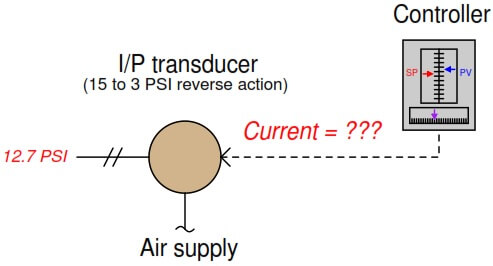
We are solving this problem using standard 4-20mA conversion Formula. Click here for formula
Reverse-acting instruments are still linear, and therefore still follow the slope-intercept line formula y = mx + b, albeit with a negative slope:
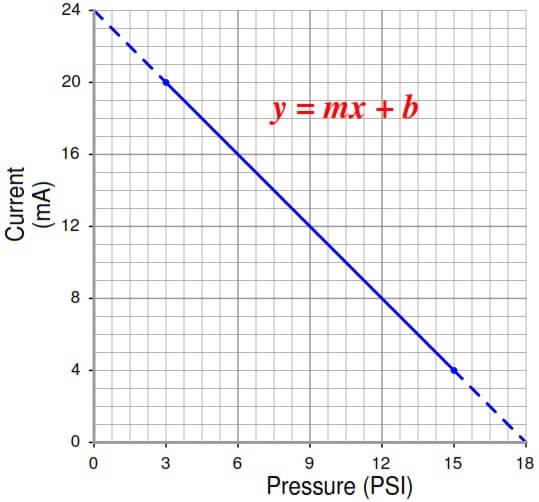
Calculating and substituting the slope (m) value for this equation, using the full rise-over-run of the linear function.
Note how the “rise” is actually a “fall” from 20 milliamps down to 4 milliamps, yielding a negative value for m:
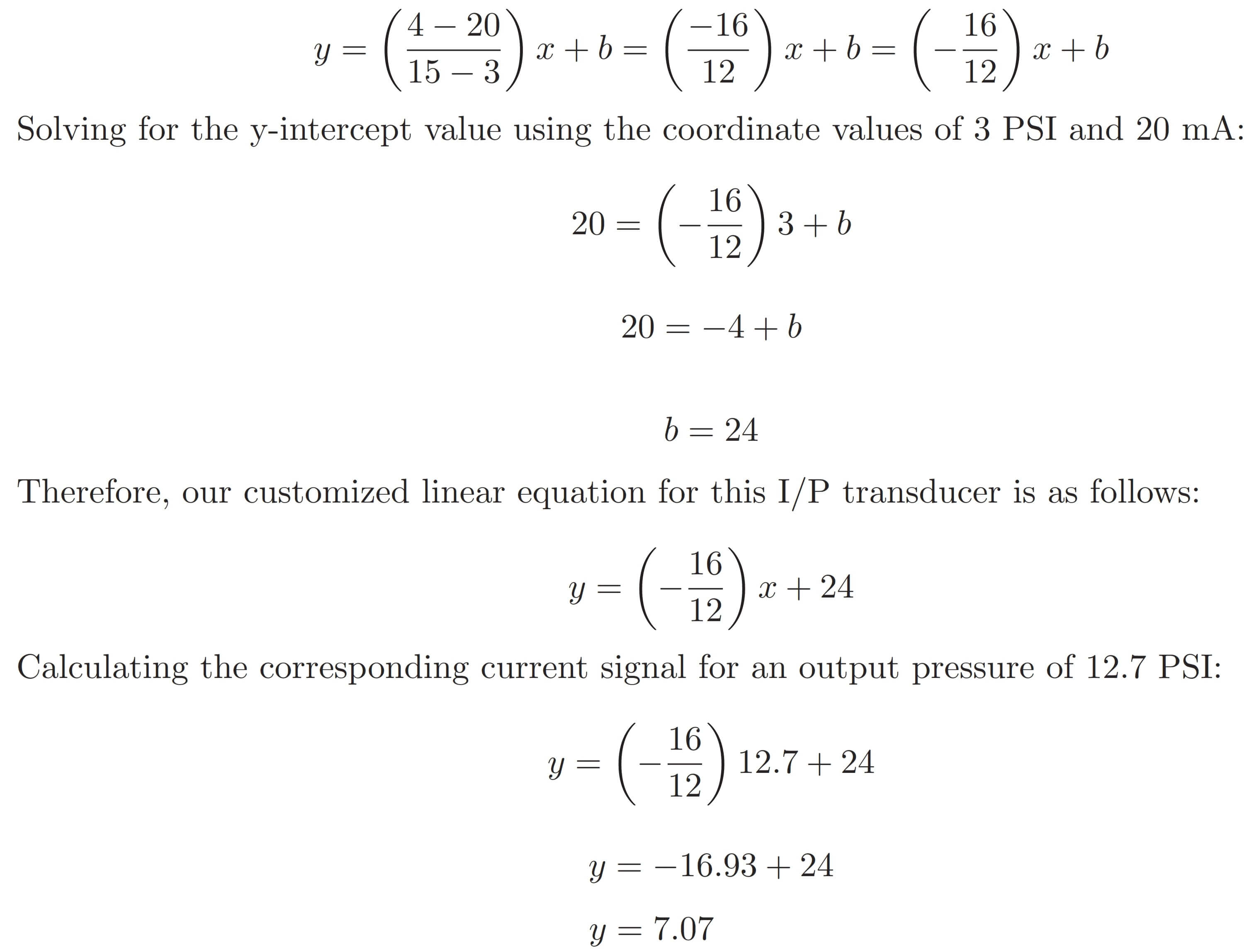
Therefore, a current signal of 7.07 mA is necessary to drive the output of this reverse-acting I/P transducer to a pressure of 12.7 PSI.
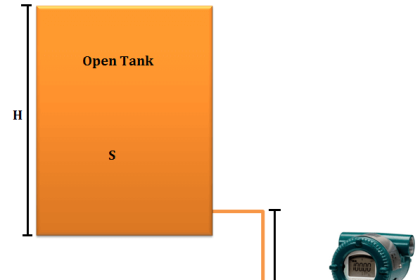
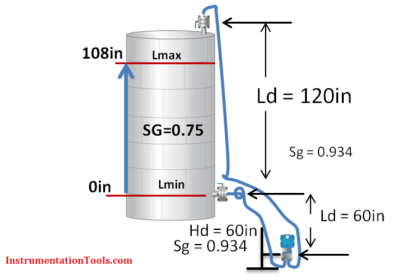
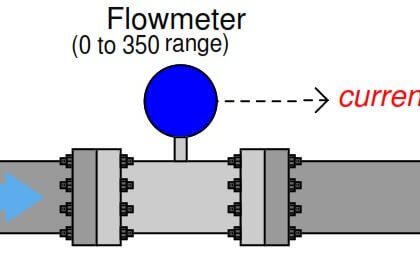
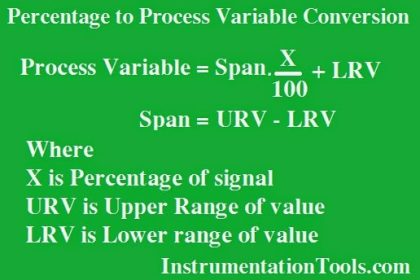
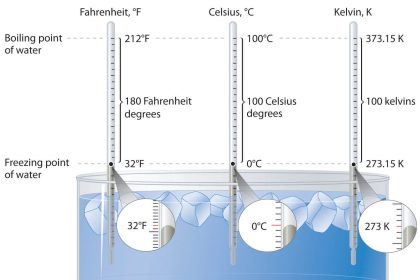
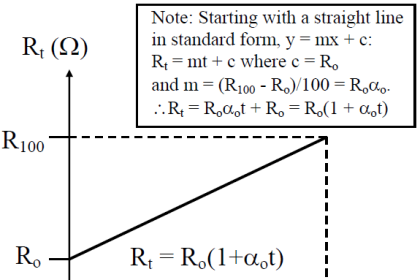
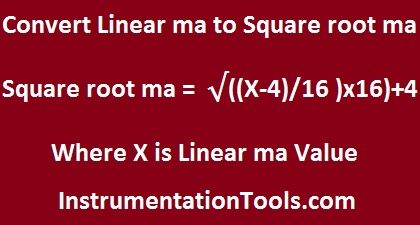
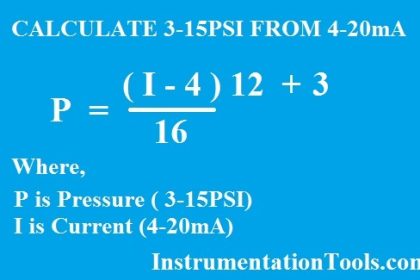

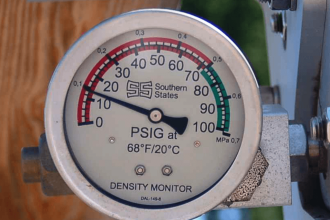
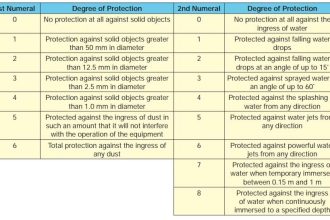
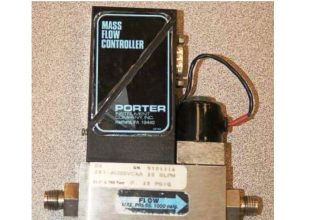
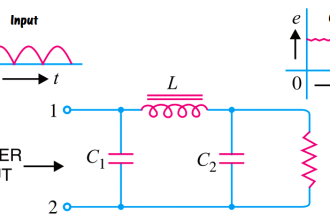

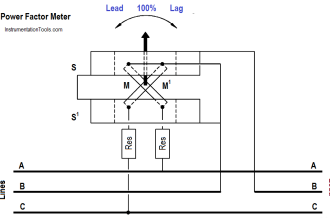
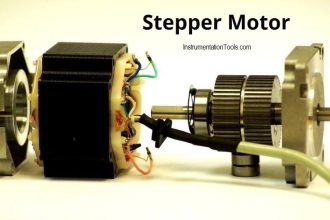

Super
How to calculate the same for direct acting i/p transducer?
What is diffrent between pneumatic & 🪫
Highly beneficial knowledge
Dear Sir,
Please explain in detail about P & ID diagrams.
Thanks,
Girish T.
the given value of 4.5 mA is 0 psi and the 19.5 mA is 100 psi . how about if 40 psi how many mA ?
Maybe we can use algebra here 19/100=x/40… X=7.6 maybe????correct me
Super sir
Hello Sir,
I am facing a problem as you provided formula,if it’s any mistake from my side please correct me.
My question is 15 PSI should be 20MA
Hence =(-16÷12)= -1.3333
=(-1.3333×15PSI)= -19.9999
=(-19.9999)+24= 4.0 MA
Why I get 4MA?
If any mistake please correct me
Thanks
Rohith
Hi,
Please check the question again, the calculation provided for Reverse action, 15psi = 4mA and 3psi = 20mA.
You can use this formula for linear action > Click here